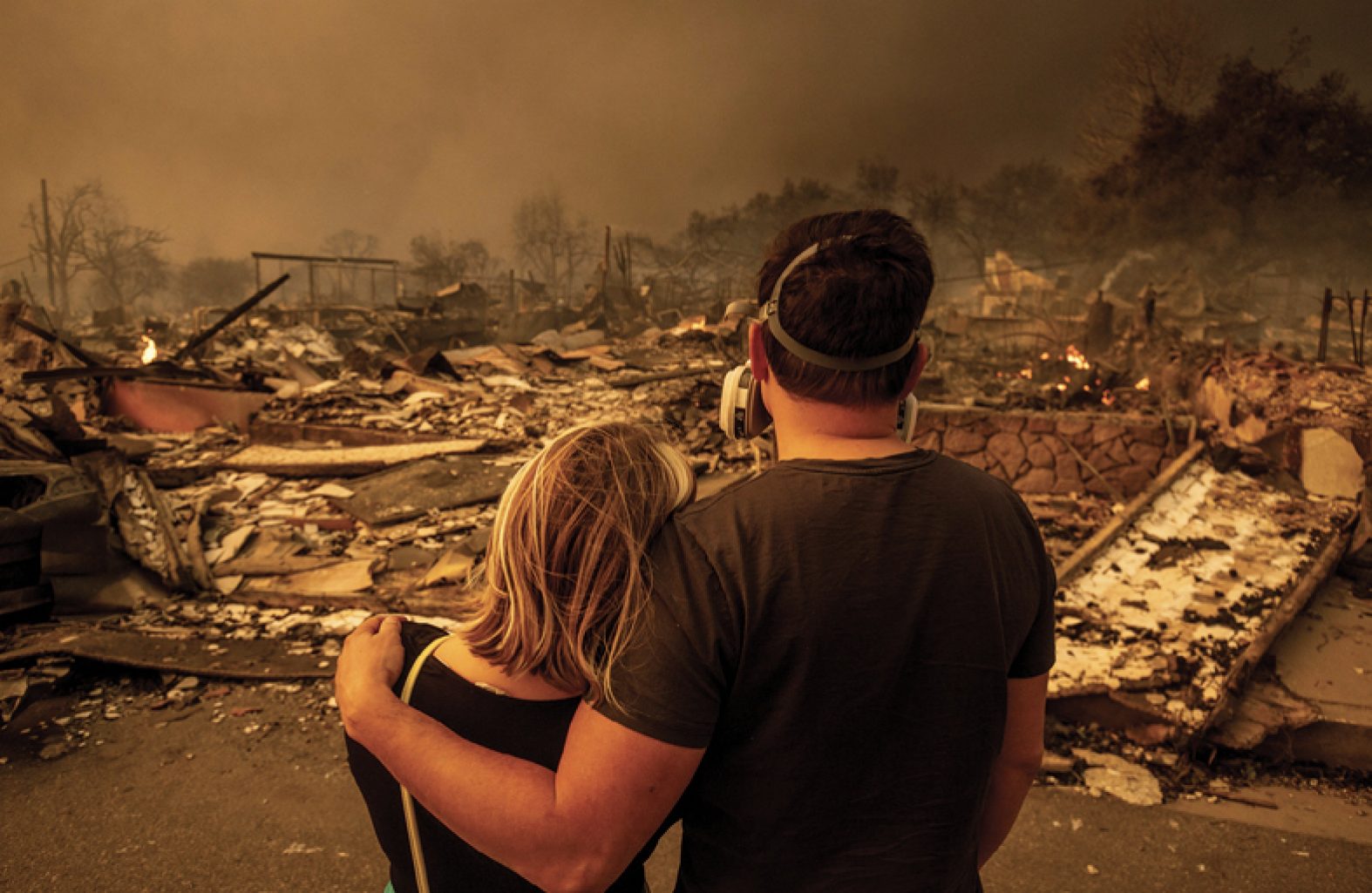
By Sam Gutterman
I am writing this as the Los Angeles fires are still raging. The effects of past decisions of several insurers to stop writing new business or renewals in parts or all of California (especially homeowners coverage) are being assessed by the public, insureds, regulators, media, and politicians. Some individuals who found insurance unaffordable and chose to go without coverage-essentially making a financial bet-may now be kicking themselves.
This is a national issue, not just in California and Florida, with many insurers deciding not to write or renew their insurance policies.
This raises several significant questions-the same questions raised in my insurance law class at the University of Michigan decades ago: What is insurance, what is uninsurable, and how does affordability relate? These questions remain relevant today, involving many significant and nuanced issues.
The objectives of insurance include providing financial stability and peace of mind, presuming that the insurer’s promises will be kept. To do this, spreading and diversifying risk are essential.
Being uninsurable refers to an exposure, risk, or event for which an insurer is unwilling or unable to provide coverage because it fails to meet its acceptance criteria. Possible reasons include high unpredictability, unquantifiable costs, a high likelihood of loss, or catastrophe potential.
There are two ways to view insurability: technically and strategically. Technically, a myriad number of elements and considerations are involved. Strategically, it is part of a risk management process addressing whether, either in the short or long term, insurance can be written at a profitable and affordable price, considering the insurer’s projected financial results.
Under either perspective, the availability of relevant and reliable information about current and future local and environmental conditions, information symmetry between insured and insurer, maximal trust, and minimization of moral hazard, anti-selection, and fraud are needed to constitute an insurable risk.
I have always thought an actuary (or underwriter) could develop a price for any insurable risk. All that is needed are uncertain future events and estimable costs consistent with public policy. But it may not be affordable.
In their book Radical Uncertainty, Kay and King indicate that for a risk to be insurable, “it must be possible to quantify the probability that the insured event will occur.” But, as Frank Knight, a noted early 20th-century economist, claimed, “if you cannot measure, measure anyhow.” In many instances, even though precise answers cannot be calculated, a sufficiently accurate estimate can usually be made.
While the ability and willingness to insure can differ widely by insured characteristics, availability, and price are ultimately driven by supply and demand, sometimes with a fragile boundary between offering insurance and not offering it. Other factors include an insurer’s capacity and distribution system, the insurance and external environment, risk appetite/aversion, and regulatory rules.
Premiums can be based on actuarial and catastrophe models incorporating numerous variables based on the historical experience of similar risks. Or they can be based on professional judgment, considering expected changes in risks. Where practical, it is best to use both approaches. A scenario analysis may be needed to test the uncertainty, catastrophe exposure, and concentration risk the insurer is willing to undertake.
A well-designed regulatory regime balances coverage needs, affordability, and financial soundness of its insurers to help protect policyholders and the insurance system. Nevertheless, tension may arise between these objectives, as political pressures can be significant. For example, exposures within a flood plain, a wildland/urban interface, or other high-risk area can create unacceptable risks. Ultimately, a backstop of reinsurance or state guarantees in the form of a private/public insurance partnership may be needed.
Uncertainty will always exist, and risks that insurance can cover will not go away. The need for insurance protection and opportunities for insurers and their actuaries will continue to exist. However, multiple stakeholders must make significant efforts to manage the risks effectively.
An insurer can provide valuable loss control advice using a risk-related premium structure based on the degree of adaptation and resilience-building measures. As they say, a dollar spent now on mitigation can save multiple dollars later. These measures can enhance an insurer’s willingness to provide coverage and the insured’s desire to purchase insurance.
Examples include premium discounts for healthy behaviors and pollution controls for life and health insurance, and loss prevention actions such as land use zoning and minimum building standards for property insurance. Such incentives can benefit policyholders and insurers.
In conclusion, there is no theoretical bright line determining insurability-this line can be squishy. Nevertheless, expanding insurance protection generally benefits insureds, the insurance industry, and its regulators to avoid significant protection gaps. Insurers should expand insurance availability and affordability despite the ever-expanding catastrophe risk potential. This does, however, need the support and cooperation of many stakeholders.
Sam Gutterman is chairperson of the Social Security Committee and member of the Retirement Practice Council.